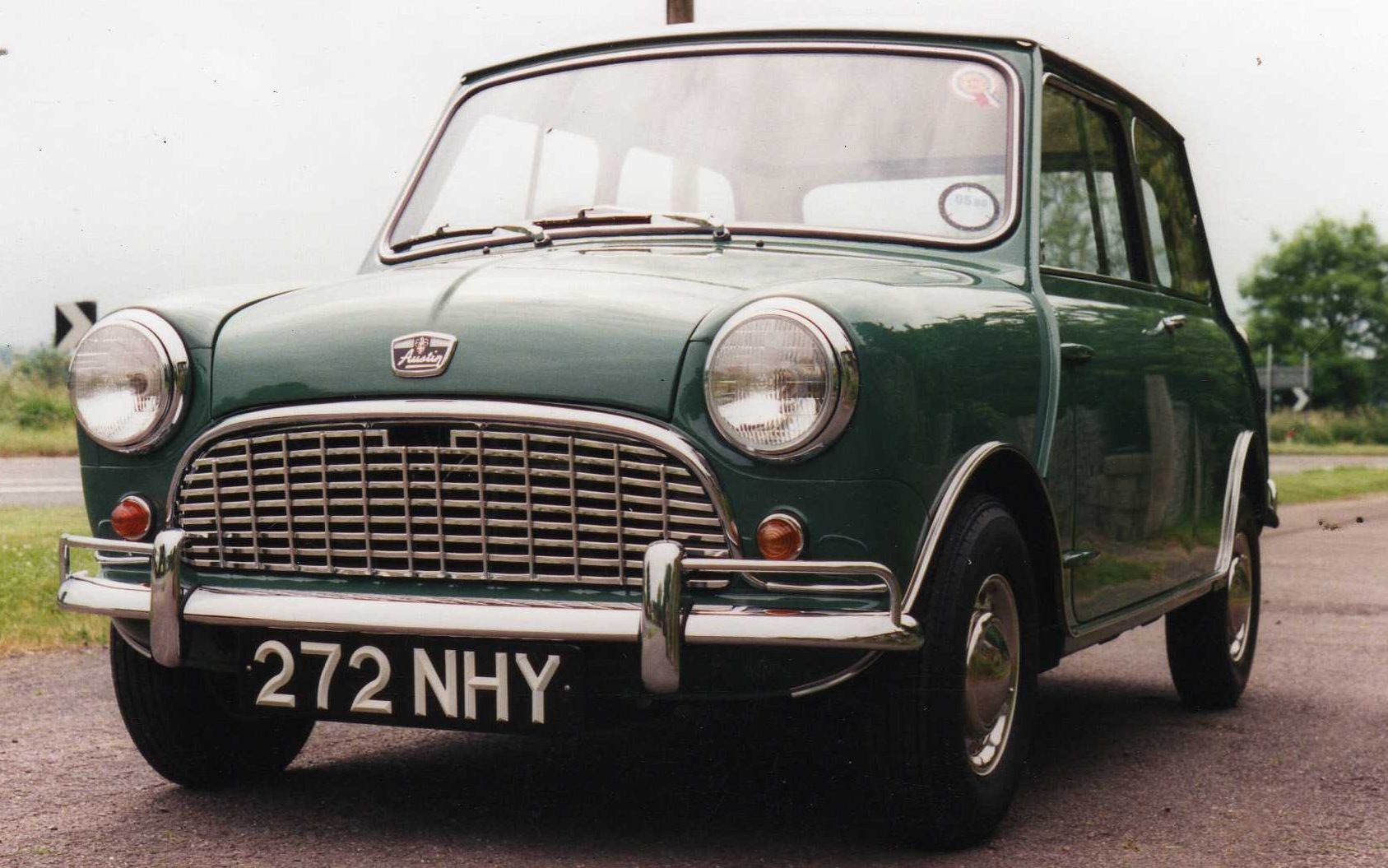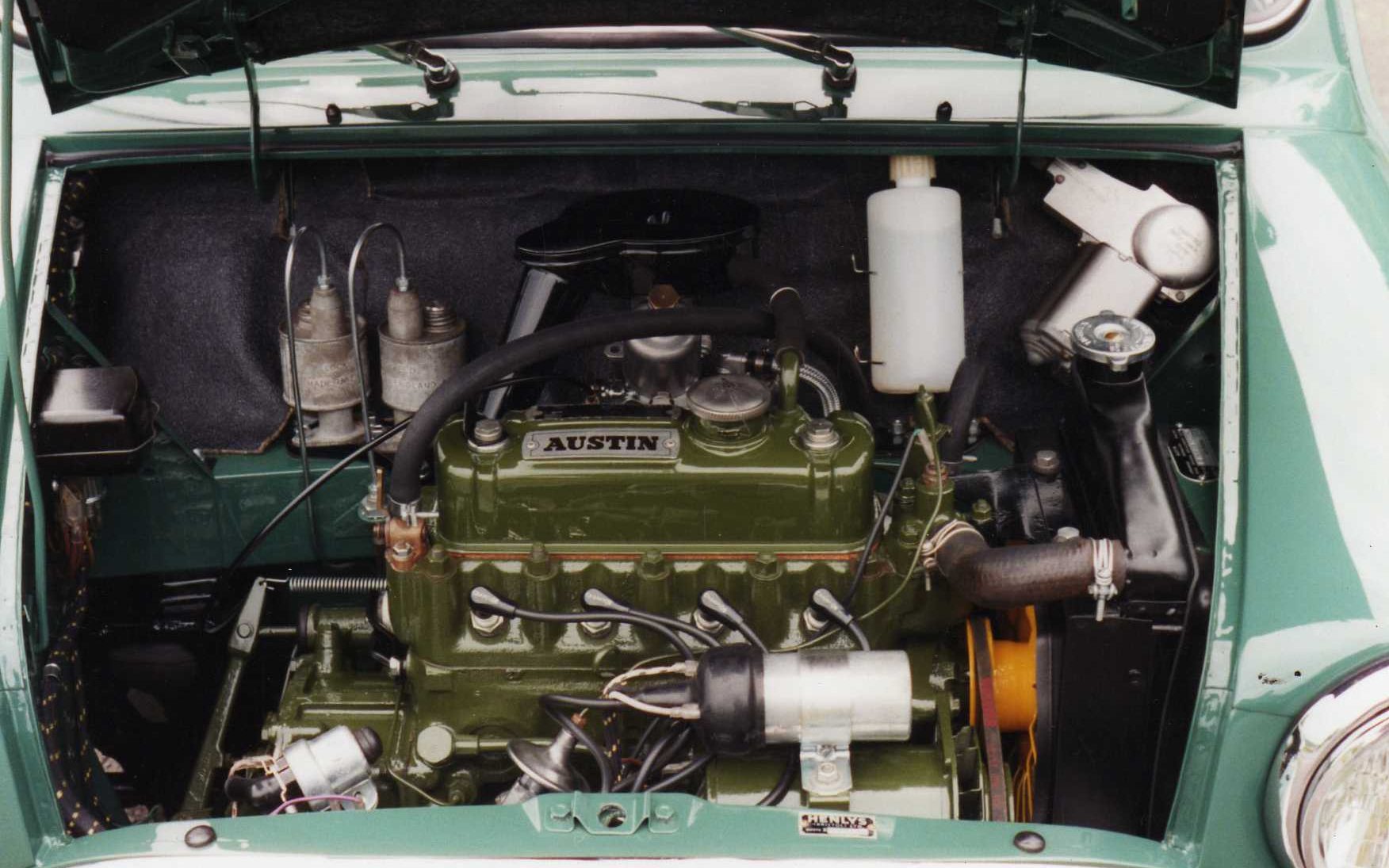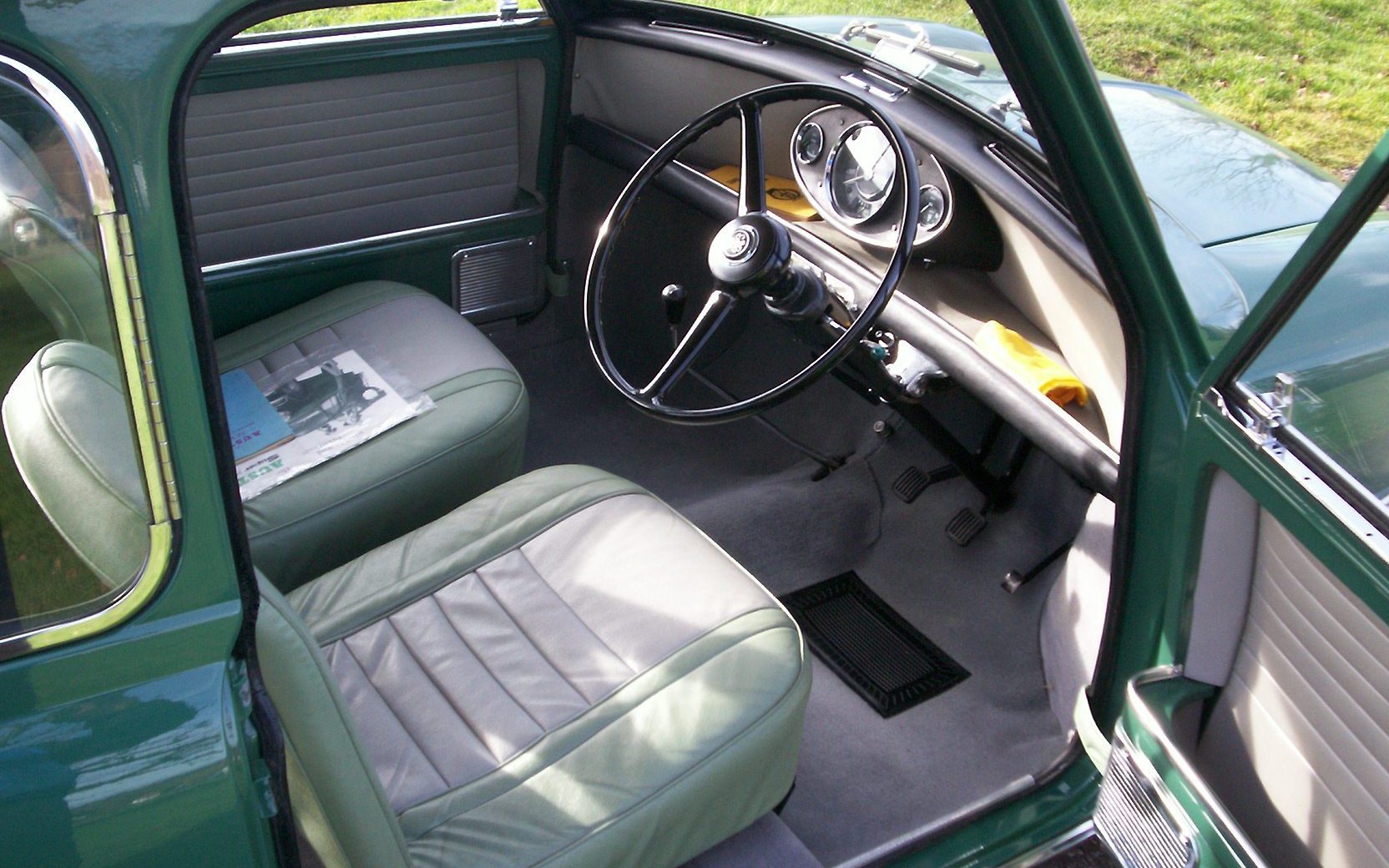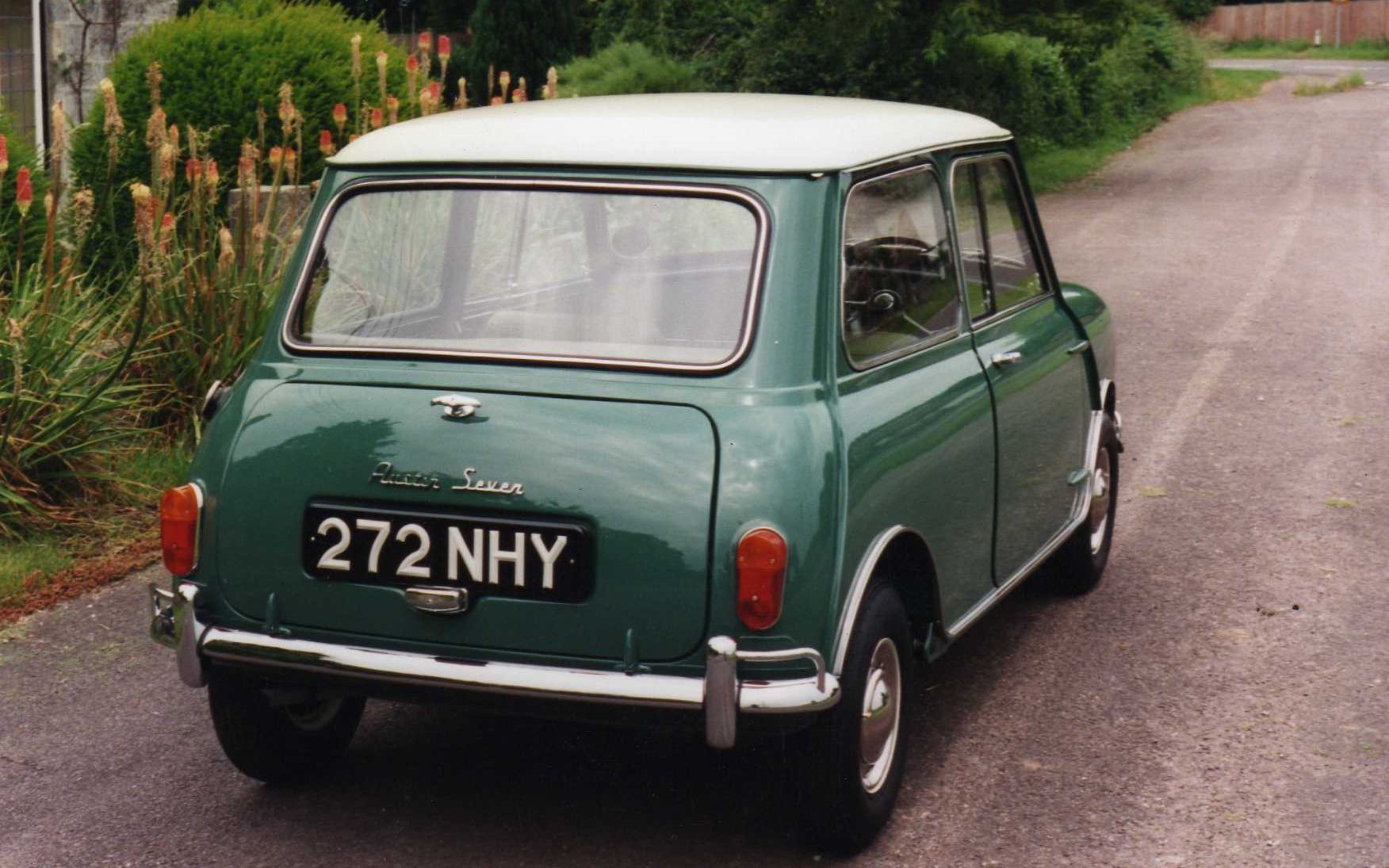
Almost every long-running mass-produced car has an array of short-lived variants. The Austin Super Seven is one of the earliest examples of this phenomenon in the Mini narrative and Garry Dickens’s 1961 example is one of only 36 survivors in the UK.
pointed out: “It was not only the “‘little men’” who bought the car. Unpredictably, many people who could well have bought a car in a far higher price or cost-of-running range clamoured for it.”
So the British Motor Corporation (BMC) introduced the Super on 20 September 1961 although, technically, the car shown here is not actually a Mini since from launch in 1959 to January 1962, only Morris-badged models used that name. The Austin versions, identical in all but trim details, were initially marketed as the Seven. BMC’s rival dealership chains were the main reason behind such “badge engineering”.

emphasised its “new-type” ashtrays, extra brightwork and carpeted boot floor as showroom features. There was also improved seating, a roof-mounted courtesy lamp – the cheaper De Luxe had illuminated rear companion boxes – and tubular extensions to the front and rear bumpers. Even the grille was in a “more dashing fine mesh”.
As befitting a car “complete with every motoring requirement”, the owner further benefited from a combined ignition-starter in place of the original floor-mounted starter button. The round instrument panel in the centre was replaced by an oval version with water temperature and oil pressure gauges flanking the speedometer; both were firsts for the Mini. One feature retained from the Super’s cheaper stablemates was the recirculation heater of dubious efficiency.
The price of the Austin Super Seven/Morris Super Mini was £591 7s 3d, which compared favourably with such overseas competitors as the £729 NSU Prinz 4. The main domestic rival was from within the same family, as 20 September 1961 also marked the debut of the Cooper model. BMC initially marketed it as the “Sports-car version of the Super” and at £679 7s 3d it was only £87 more expensive than the Super.
and Riley Elf – upmarket Minis with larger boots – further eroded the Super’s role in the model hierarchy.

Sales ended in October 1962, after approximately 8,000 Austins and a similar number of the Morris were sold. The Super is believed to be the rarest of the 1959-1967 Mk1 Mini and Dickens thinks just over 100 survive worldwide, with under half of that figure still on the road. In addition, many Supers have been retro-converted to Cooper’s specification, leaving this car as one of the few in an authentic state.
Dickens’s Super Seven in Almond Green paint departed the factory in October 1961 and he became its third owner in 1986. He restored it to its original specification and said: “I used as much of the original car as possible. The interior remains in completely original condition except the carpets, which I replaced using materials to replicate the originals.”
A set of period Dunlop C41 cross-ply tyres provided the finishing touch. Dickens remarks: “These were unavailable for decades.” He now uses them only when displaying the Super Seven, to preserve them.

: “BMC’s super low-price people’s car was being spurned by the people” in its early days. By 1960, it was gaining the attention of more affluent drivers and the Super was the Corporation’s response; this was a Mini for the motorist with aspirations of urban sophistication.
put it, the Super reflected the need for a Mini with “the exterior finish and internal refinements of vehicles in a bigger and more pretentious class”.
Play The Telegraph’s brilliant range of Puzzles - and feel brighter every day. Train your brain and boost your mood with PlusWord, the Mini Crossword, the fearsome Killer Sudoku and even the classic Cryptic Crossword.


Post a Comment
0Comments